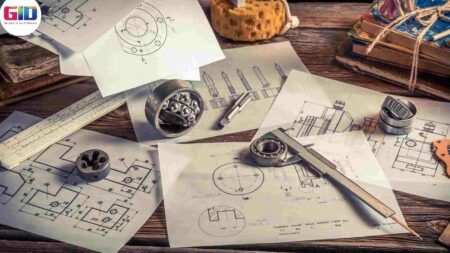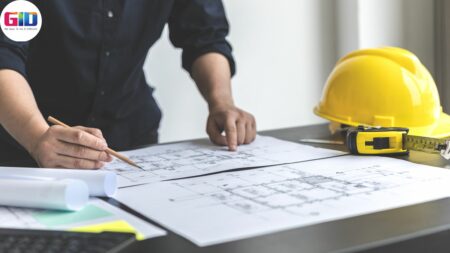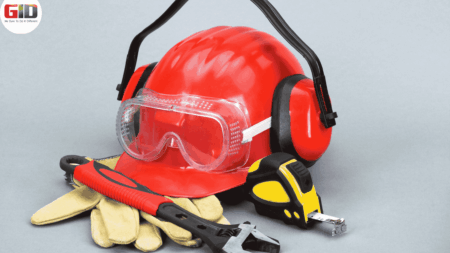Product Design and 4 Most Important Questions
Product Design is not only the first but also the most crucial phase in the custom product development journey. It serves as the foundation upon which the entire process of turning a concept into a tangible, market-ready product is built. Whether you are a small or midsized business looking to manufacture everyday items like plastic bottles or more complex products such as home appliances, this phase determines how your product will function, appeal to customers, and ultimately succeed in the marketplace.
Small businesses and startups often begin with a rough product design concept, and it is at this stage where key decisions are made that will affect the product’s cost, manufacturability, and consumer acceptance. It is part of the Product Design and 4 Most Important Questions
Before diving headfirst into the product development process, it’s essential to pause and carefully consider the following four key questions to ensure the success of your product. These questions guide you through the critical aspects of design, functionality, and market demand, helping you avoid potential pitfalls and ensuring that your product meets both customer expectations and industry standards. Addressing these vital questions early in the product design phase can save time, reduce costs, and significantly increase the likelihood of a successful product launch. So, what are these four key questions? Let’s explore them in detail to help ensure your product development process is set up for success.
1. What is My Product in Product Design?
At first glance, this question might seem trivial, but it’s fundamental for successful product design. A clear understanding of your product helps focus your research and development efforts. Additionally, knowing how your product stands out from competitors’ offerings is crucial. Your goal should be to distinguish your product in the market and find a strategic entry point for your idea. It is first question of Product Design and 4 Most Important Questions.
2. What Will be the Function of My Product?
What specific function will your product serve? How will it attract potential customers? Identify the most promising features of your product. Consider whether it will be used indoors or outdoors, and whether it has multiple uses. Keeping your target audience in mind throughout the development process is vital. For example, designing a nutcracker to appeal to younger generations may not be effective if your primary audience is 50 years and older. Observing your competitors can also provide insights; integrating successful elements from similar products can be beneficial, but ensure your product offers something distinct or superior. It is 2nd point of Product Design and 4 Most Important Questions.
3. Can My Targeted End-Users Afford My Product Design?
Ultimately, the cost of the product is a deciding factor for its success. Higher manufacturing costs typically result in higher retail prices, which can impact the product’s market acceptance. To address this, analyze your market and understand what potential customers are willing to pay for products similar to yours. Determine if your product is designed for repeated use or is a disposable item. this is third question of Product Design and 4 Most Important Questions.
To minimize product costs, consider these tips:
Selection of the Right Raw Materials:
Opt for cost-effective materials that fulfill the product’s requirements. For instance, using plastic instead of expensive metals can significantly lower manufacturing costs, making the product more affordable for end-users.
Choosing the Appropriate Manufacturing Process:
A product with multiple parts may incur higher manufacturing costs. Therefore, minimizing the number of moving parts can help reduce expenses. Also, higher batch volumes generally lower production costs due to reduced overheads and mold expenses.
4. What Will be the Lifespan of Product Design and 4 Most Important Questions?
Consider the durability of your product and how long it will last. If your product is designed for extended use, material selection can be based on personal preference. However, for disposable items, keeping costs low is essential. Choose the most economical materials that meet your product’s requirements.
The product design and development process can be demanding, but seeing your final product beautifully packaged and ready for sale makes it all worthwhile. This is required for Product Design and 4 Most Important Questions.
For tips, hints, or assistance with product design or development in the USA, please contact us or call us at 714-323-1052 to speak with our product designers and engineers.
Also, follow us on Facebook to learn more about Product Design and 4 Most Important Questions.

















